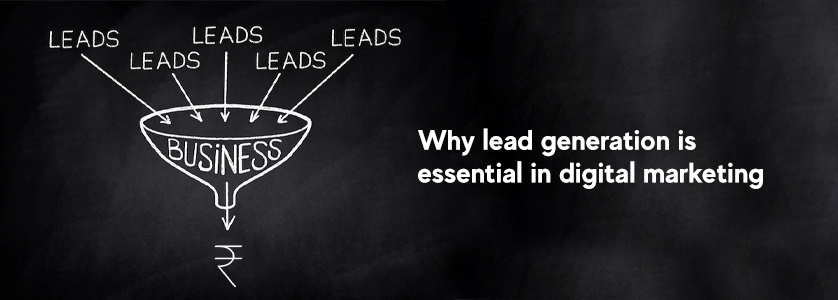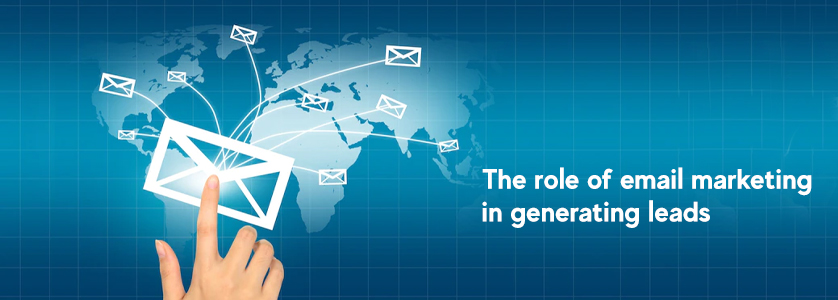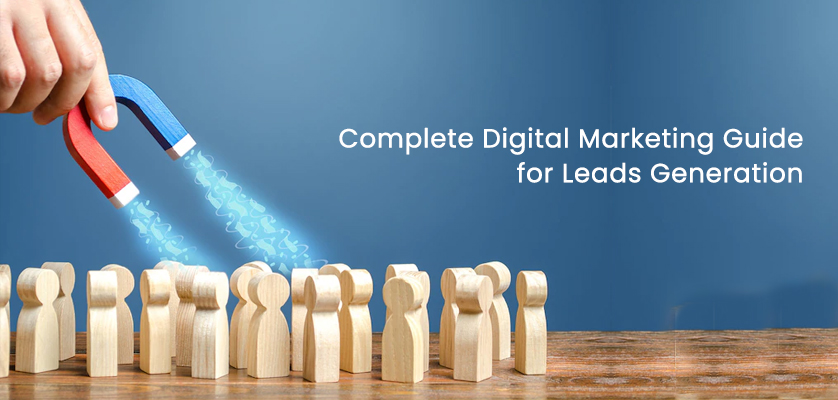Lead generation is a crucial aspect of digital marketing and is essential for any business looking to grow its customer base and increase revenue. In this guide, we will take a comprehensive look at the various digital marketing strategies that can be used to generate leads, including search engine optimization (SEO), content marketing, social media marketing, email marketing, website optimization, and paid advertising.
We will discuss the importance of identifying your target audience, creating compelling content, and using the right tools and tactics to attract and convert leads. By the end of this guide, you will have a solid understanding of how to create and implement a lead-generation strategy that will help you grow your business. Whether you are a small business owner, marketer, or digital professional, this guide is for you.
Why Lead Generation is Essential in Digital Marketing

Lead generation is important in digital marketing because it helps businesses acquire new customers and increase revenue. By identifying potential customers and converting them into leads, businesses can grow their customer base and increase their bottom line. Lead generation also allows businesses to build relationships with potential customers and nurture them until they are ready to make a purchase.
Additionally, lead generation allows businesses to gain valuable insights about their target audience. By tracking and analyzing the behavior of leads, businesses can gain a better understanding of their customer’s needs and preferences. This information can then be used to create more effective marketing campaigns and improve the overall customer experience.
Identifying Your Target Audience

Your target audience is the group of people who will most likely want to buy your product or service. It’s important to define your target audience because this will help you decide which marketing channels are best suited for each customer segment. It involves understanding the demographics, interests, and pain points of your ideal customer.
Your target audience is unique and different from any other customer, so it’s important that you understand who they are and what motivates them to buy. By identifying your target audience, you can create content and campaigns that will resonate with them and encourage them to convert into leads.
Creating Compelling Content to Attract Leads

Creating valuable, relevant, and engaging content is a key component of lead generation. This includes blog posts, e-books, whitepapers, webinars, and other types of content that can be used to attract and nurture leads. You can use visuals, optimize your SEO, use calls to action, and share the content on social media for creating compelling content that will attract leads.
Using Social Media to Generate Leads

Social media is a great place to start because it’s easy to share your content and get feedback on it. You can also use it to gather information about your target audience, which can help you better understand their needs and what they’re looking for in their business or services.
Social media platforms such as Facebook, LinkedIn, and Twitter can be powerful tools for lead generation. These platforms can be used to connect with potential customers, share content, and encourage conversions.
The Role of Email Marketing in Generating Leads

Email marketing is a powerful tool for lead generation. It can be used across multiple channels and platforms, from a personal email account to social media. It can be used to nurture leads, and it can also be used as a way to attract new customers.
Email marketing works for every size of business, from the smallest mom-and-pop operation to the largest multinational corporation. At its core, email marketing is a powerful tool that can help you gain new customers or keep existing ones coming back for more.
Optimizing Your Website for Lead Generation

Optimizing your website for lead generation is not a matter of simply creating more pages, but rather the right combination of content and features that will help you attract more visitors and convert them into leads.
Optimizing your site is to understand what people are looking for when they search for your type of business. Once you know what they’re looking for, you can create content that will answer their questions, solve their problems and inspire them to take action. The more interested people are in what you have to say, the more likely they’ll be to convert to your website.
Using Paid Advertising for Lead generation

One of the most effective ways to generate leads for your business is through paid advertising. Paid advertising includes PPC (pay-per-click), Facebook ads, and other paid campaigns.
Paid advertising is a great way for businesses to reach customers who are actively looking for information about their products or services. In order to generate leads from paid advertising, you need to invest in quality content marketing that attracts the right audience.
Conclusion
By using a combination of these strategies and continuously testing and adjusting, businesses can optimize their lead generation efforts and achieve their goals. The guide provides a comprehensive overview of lead generation in digital marketing and serves as a valuable resource for businesses, marketers, and digital professionals. Overall, lead generation is an essential aspect of digital marketing that allows businesses to acquire new customers, increase revenue, and gain valuable insights about their target audience.
Read more – Web Development for Beginners: A Step-by-Step Guide

